Celebrating the power of public lands through tourism and community impact
Each year, millions of people turn to public lands not only for recreation but for connection – connection to nature, local culture, and the communities that make these places special. During National Travel and Tourism Week (May 4–10, 2025), the Bureau of Land Management is celebrating how tourism on BLM-managed public lands fuels economies, supports rural jobs, and otherwise helps small towns thrive.
In 2024, our public lands hosted nearly 81 million recreation-related visits. These visits aren’t just numbers – they represent real people spending time in local shops, restaurants, and lodging across the country. In 2023, this activity generated more than $4.7 billion in visitor spending within 50 miles of BLM-managed areas, supporting $1.6 billion in pay for local workers and contributing $11.7 billion in economic output across the U.S. economy.
These recreation sites – and the communities that support and surround them – are examples of how public lands are not just scenic spaces but powerful economic engines. When visitors spend money on lodging, food, gear, or guided experiences, they help sustain rural livelihoods, support small business owners, and grow resilient economies, especially in areas where tourism is the primary driver of local jobs and revenue.
To spotlight that impact, we’re highlighting a few incredible and popular destinations – ranging from rugged backcountry byways to coastal gems and winter adventure zones – where recreation, tourism, and community connection go hand-in-hand:
King Range National Conservation Area – California’s Wild Coastline Destination
In Shelter Cove, California, visitors enjoy tide pools, wildlife viewing, and coastal access at day-use sites like Mal Coombs Park, Seal Rock, and Abalone Point. The area features the restored Cape Mendocino Lighthouse and offers access to the iconic Lost Coast Trail. The nearby Paradise Royale Mountain Bike Trail System boasts 25 miles of singletrack with scenic ocean views and terrain parks. This mountain bike trail system is now open to class-1 e-bikes. With four developed campgrounds and 85 miles of trails, this coastal gem drives year-round visitation and supports local outdoor recreation businesses.
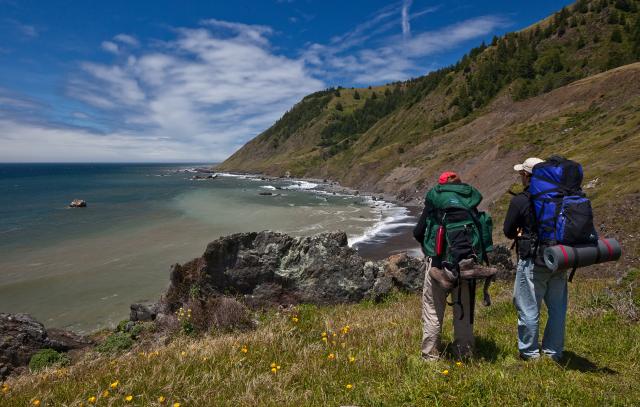
Meadowood Recreation Area – Outdoor Escape in the Washington, D.C. Metro Area
Just outside our nation’s capital, Meadowood Special Recreation Management Area in Virginia offers a surprising blend of open meadows, forest trails, and equestrian paths within a densely populated region. Popular with hikers, horseback riders, and mountain bikers, Meadowood provides a vital natural respite for both locals and tourists visiting the D.C. area.
Its proximity to a major urban hub makes Meadowood a standout example of how BLM-managed lands enhance quality of life and tourism access even in highly developed areas, reminding us that public lands matter everywhere, not just in the West.
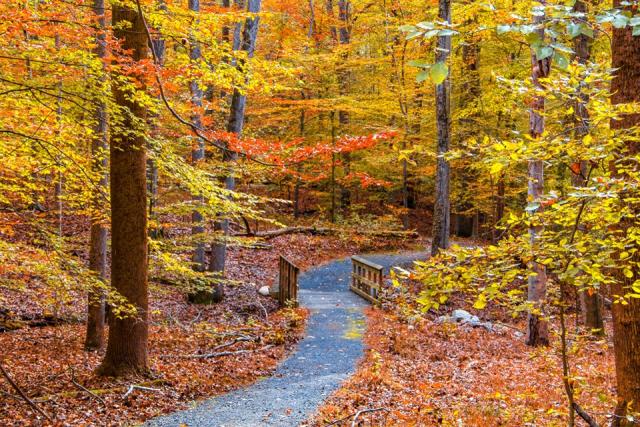
California Coastal Lighthouses & Weekend Adventures
BLM manages several historic lighthouses along the California coast, including the striking Piedras Blancas Light Station, part of the California Coastal National Monument. This site provides cultural and scenic value while supporting locally guided tours and educational programming. Please note that the light station is only accessible to the public through scheduled tours and special events, helping preserve the location while creating meaningful visitor experiences.
If you find yourself on the rugged California north coast on the first Saturday of the month, you can visit the stunning Trinidad Lighthouse on Trinidad Head in Humboldt County. A short walk from Trinidad Harbor, on the tip of Trinidad Head, the lighthouse has been a navigation aid for mariners since 1871 and was added to the California Coastal National Monument in 2017.
In Mendocino County, climb to the top of the 115 foot tall Point Arena Lighthouse Tower and enjoy spectacular views of the Pacific Ocean, Manchester Beach and the Point Arena/Stornetta onshore Unit of the California Coastal National Monument.
For travelers eager to escape more crowded tourist spots and explore hidden treasures in the region, destinations such as Carrizo Plain National Monument and Fort Ord National Monument provide stunning opportunities for hiking, wildflower viewing, and enjoying coastal landscapes. Note: Highway 1 through Big Sur is closed for an extended period; getting from Piedras Blancas to sights like Fort Ord and Cotoni-Coast Dairies now requires a detour via U.S. Highway 101. This alternative route may take longer and offer a different travel experience.
Despite the detour, these locations offer a unique multi-day trip that highlights the breadth of BLM’s contributions to conservation, recreation, and heritage tourism.
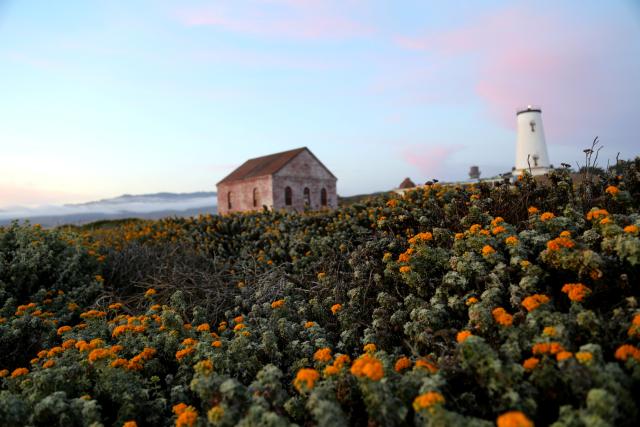
Alpine Triangle Special Recreation Management Area – Colorado’s High Country Tourism Engine
The Alpine Loop Scenic Backcountry Byway connects Lake City, Silverton, and Ouray, Colorado. With over 440,000 seasonal visitors, this rugged high-country destination supports gear shops, outfitters, and guide services in rural towns that depend on tourism. Lake City, with just 432 year-round residents, becomes a vibrant hub each summer as people arrive to hike, fish, off-road, and summit Colorado’s only BLM-managed 14ers (mountains over 14,000 feet).
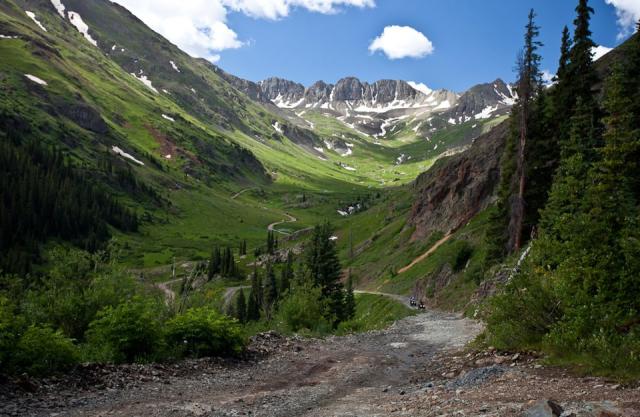
Big Morongo Canyon Preserve – A Desert Gem Near Palm Springs
A hidden oasis in Southern California, Big Morongo Canyon Preserve offers boardwalk trails and lush wetlands, attracting visitors looking for peace and wildlife in the high desert. Managed in partnership with local non-profit Friends of Big Morongo Canyon, the preserve is easily accessible from Palm Springs, providing an easy tourism connection to a quiet and immersive public lands experience.
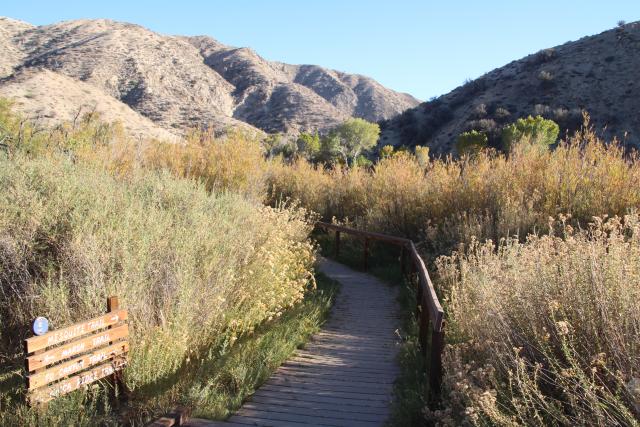
Campbell Tract Special Recreation Management Area – Urban Access and Winter Adventure in Anchorage
Campbell Tract in Anchorage, Alaska, sees nearly 500,000 visitors a year. It offers a unique mix of urban proximity and outdoor adventure. In winter, trails support dog mushing, cross-country skiing and fat biking. In summer, the location welcomes hikers, runners, and families. Once a WWII-era military site, Campbell Tract and neighbor, Municipality of Anchorage, have benefited from millions in Federal Lands Access Program grant funding, which improved access to federal lands and demonstrated how urban BLM lands generate recreation benefits and economic ripple effects.
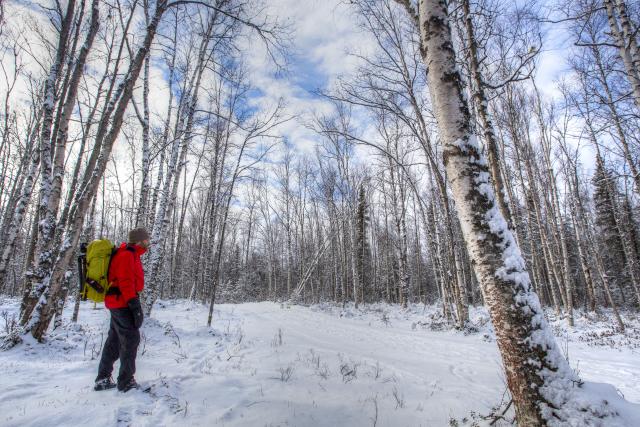
Upper Missouri River Breaks – Montana’s Untouched Western Legacy
Visitors to central Montana would be remiss not to explore the awe-inspiring Upper Missouri River Breaks National Monument. Designated in 2001, this landscape contains some truly stunning wild vistas of the American West.
The monument’s crown jewel is the White Cliffs section, starting at river mile 44.5. Once described by the Lewis and Clark expedition as a “scene of visionary enchantment,” these towering sandstone cliffs and hoodoo formations offer breathtaking views that feel untouched by time.
The best way to experience the Breaks is by river float, but for those staying on land, a visit to Wood Bottom for early morning birdwatching or a stop at the Interpretive Center in Fort Benton provides engaging insights into the area's wildlife and history, including the ways Native Americans and pioneers once navigated this incredible region.
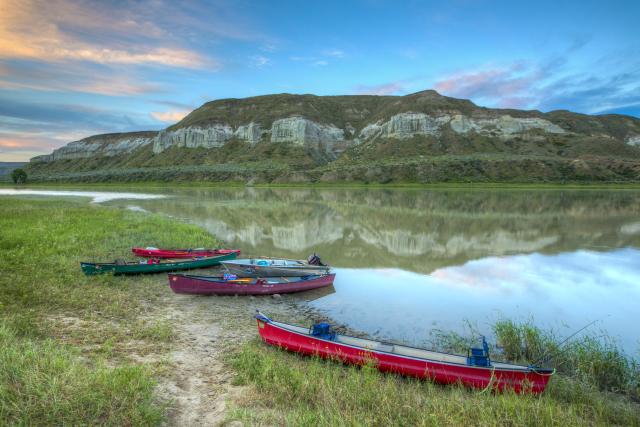
From Alaska’s snow-packed trails to Meadowood’s rolling fields in Virginia, your public lands shape unforgettable visitor experiences while supporting the communities that make those experiences possible. Take the next step – plan a trip and support local tourism. Learn more about the places that bring us together at blm.gov/visit.
KLC, Recreation and Tourism Benefits, National Program Lead
Related Stories
- Take a First Day Hike on Your Public Lands
- Using science to uncover mysteries of the Mesa archaeological site in Alaska
- “Where did my horse come from?” BLM launches a new way for adopters, trainers and others to learn about their wild horses and burros
- Lake Havasu Fisheries Improvement Program is the gift that keeps giving
- Historic Umtanum Suspension Bridge wins international footbridge award
